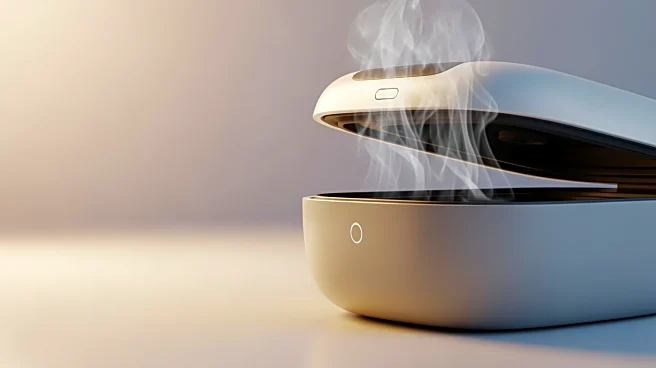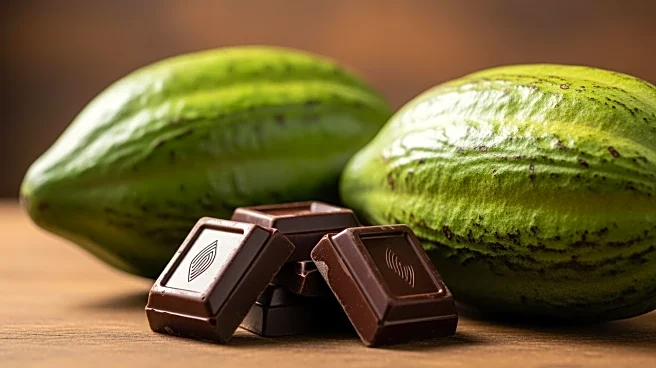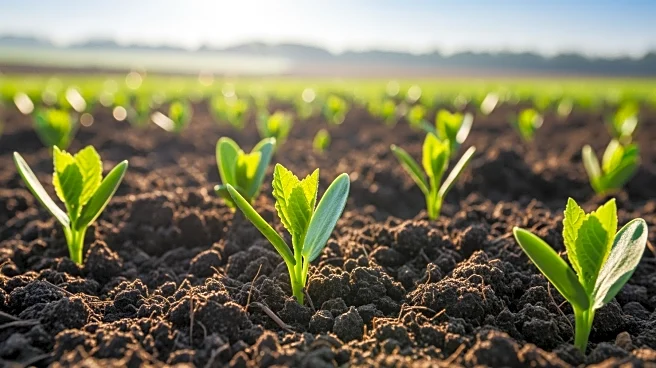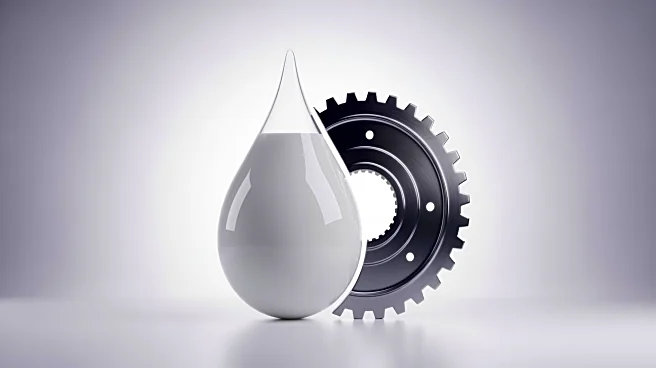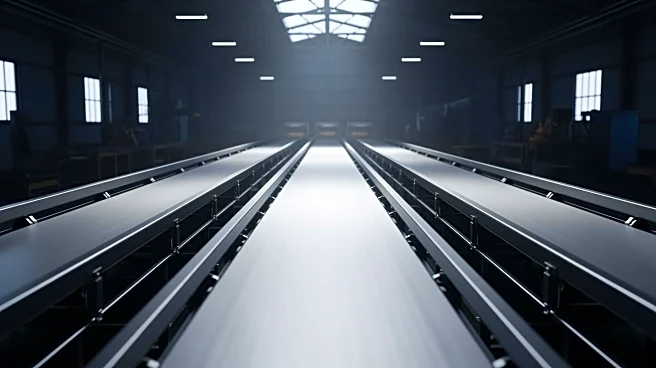What's Happening?
The self-heating food packaging market is experiencing significant growth, driven by increasing consumer demand for convenience and portability in food solutions. According to a study by Persistence Market
Research, the market is expected to reach $73.5 billion in 2025 and expand to $100.7 billion by 2032, with a compound annual growth rate (CAGR) of 4.6% from 2025 to 2032. This growth is fueled by the rising popularity of ready-to-eat meals and premium convenience foods, as well as technological advancements in heating mechanisms that improve safety and efficiency. Self-heating packaging, which uses exothermic reactions to warm food or beverages, is gaining traction in various sectors, including military operations, emergency relief, and adventure tourism. Companies are investing in eco-friendly formulations and lighter heating cartridges to enhance portability and reduce environmental impact.
Why It's Important?
The expansion of the self-heating food packaging market reflects broader trends in consumer behavior and technological innovation. As lifestyles become more fast-paced, the demand for instant food solutions that do not require external appliances is increasing. This shift is particularly relevant in sectors such as outdoor recreation, defense, and emergency response, where reliability and rapid heating are crucial. The market's growth also highlights the importance of sustainability in packaging, as companies focus on developing eco-friendly materials and biodegradable heating cartridges. The adoption of self-heating packaging solutions is expected to influence the food and beverage industry significantly, offering new opportunities for manufacturers and retailers to cater to evolving consumer preferences.
What's Next?
The future of the self-heating food packaging market looks promising, with advancements in safe exothermic heating, lightweight materials, and regulatory compliance expected to drive further adoption across consumer and industrial applications. Between 2025 and 2032, increased penetration in mainstream retail, outdoor recreational markets, and military supply chains is anticipated. Sustainability will remain a key focus, pushing manufacturers to innovate with eco-friendly materials. Additionally, the integration of smart packaging technologies, such as indicators showing optimal heating levels, could enhance user experience and safety, further solidifying the role of self-heating packaging in the food and beverage ecosystem.
